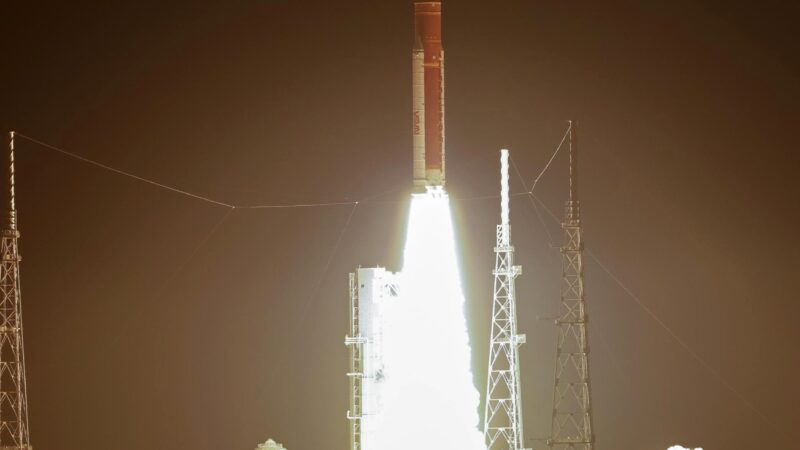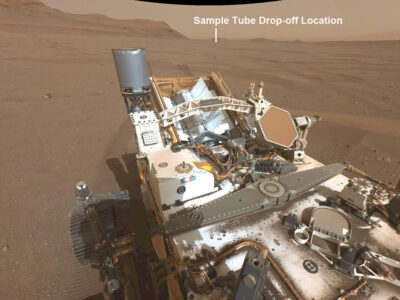Russian and American astronauts aboard the Soyuz MS-22 into the International Space Station

Overview
Moscow time 16:54 on September 21, the Soyuz rocket was launched at the Baikonur Cosmodrome[1] with the “Soyuz MS-22” manned spacecraft and headed for the International Space Station.
The trip, the Soyuz MS-22 carried Russian and American crew including Russian astronauts Sergey Prokopyev and Dmitry Petelin and NASA astronauts Francisco Rubio.
The crew mission will last for 188 days until March 28, 2023. In addition, the “Soyuz MS-22” also carried about 120 kg of space station supplies.

Russian astronauts Sergey Prokopyev and Dmitry Petelin and NASA astronauts Francisco Rubio
Soyuz (spacecraft)

Soyuz
Soyuz[2] (Russian: Союз, IPA: [sɐˈjus], lit. ‘Union’) is a series of spacecraft which has been in service since the 1960s, having made more than 140 flights.
It was designed for the Soviet space program by the Korolev Design Bureau (now Energia). The Soyuz succeeded the Voskhod spacecraft and was originally built as part of the Soviet crewed lunar programs.
It is launched on a Soyuz rocket from the Baikonur Cosmodrome in Kazakhstan. Between the 2011 retirement of the Space Shuttle and the 2020 demo flight of SpaceX Crew Dragon, the Soyuz served as the only means to ferry crew to or from the International Space Station, for which it remains heavily used.
Soyuz MS-22

Soyuz MS-22

Soyuz MS-22
Soyuz MS-22 is a Russian Soyuz spaceflight to the International Space Station with a crew of three launched from Baikonur Cosmodrome on 21 September 2022.
The launch was previously planned for 13 September 2022, but in the provisional flight manifest prepared by Roscosmos by the end of Summer 2020, the launch of Soyuz MS-22 was delayed to 21 September 2022, for a mission length of 188 days.
The mission was planned before the 2022 Russian invasion of Ukraine, however, continued international collaboration around the ISS has been thrown into doubt by the ongoing event and related sanctions on Russia.
The original three-Russian member crew was named in May 2021.
American astronaut Francisco Rubio replaced Anna Kikina as a part of the Soyuz-Dragon crew swap system of keeping at least one NASA astronaut and one Roscosmos cosmonaut on each of the crew rotation missions. This ensures both countries have a presence on the station, and the ability to maintain their separate systems if either Soyuz or commercial crew vehicles are grounded for an extended period.
Detail
The launch adopts a fast docking mode, and the spacecraft automatically docks with the experimental module of the space station “Morning Dawn” after flying around the earth for 2 times, and the whole process takes only 3 hours.
This launch is also the first manned launch of world space in the second half of 2022.
References:
[1]Baikonur Cosmodrome – Wikipedia











this situation can cooperate ?